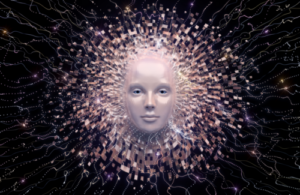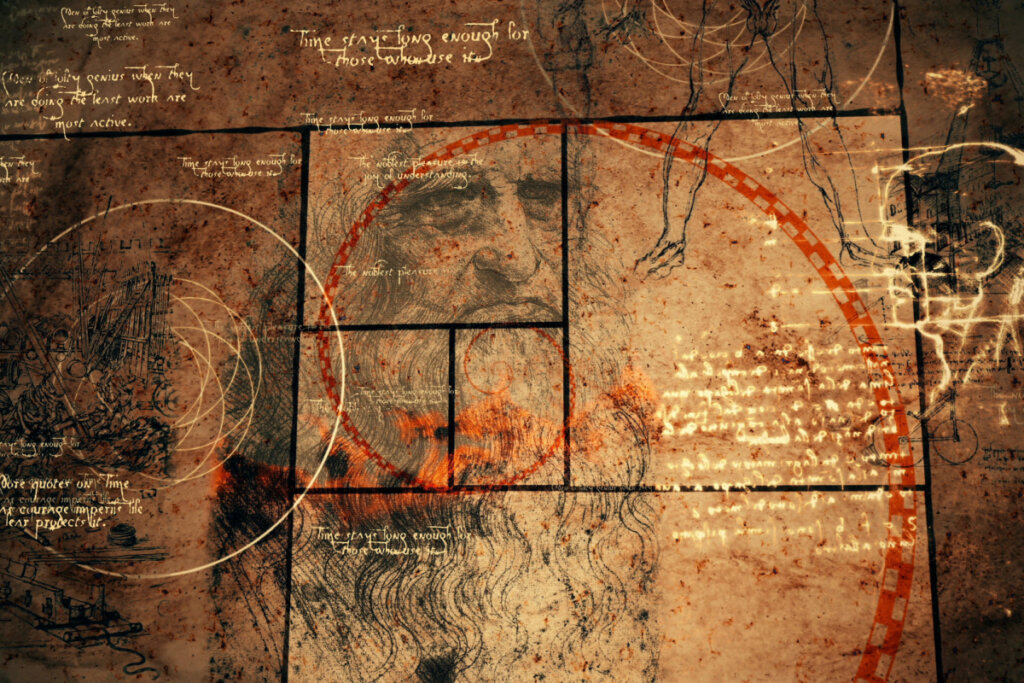Can Artificial Intelligence Identify Beauty? What Would Kant Say?


Written and verified by the philosopher Matias Rizzuto
In recent times, artificial intelligence has made significant advances that have gone way beyond the laboratory door. In fact, today, generative models make artistic compositions with enough merit to have a market value and even be considered beautiful. This has opened the debate on whether or not artificial intelligence productions can be seen as art. Indeed, can artificial intelligence really recognize beauty?
For many years, philosophy has tried to define beauty and many philosophers have reflected on what constitutes it. Their views vary. In this article, we’re going to explore the conceptual tools the philosopher Immanuel Kant proposed for the purpose of differentiating mechanical art from fine art.

Kant’s ideas of beauty
Often, when you consider a work of art, a flower, or a landscape, and judge it aesthetically, you refer to it as beautiful. However, for Kant, beauty didn’t form a part of an object but was a feeling experienced by the individual. He proposed that what we perceive as beautiful generates in us a free play between imagination and understanding. This makes us experience pleasure when contemplating it.
Unlike taste, which can be entirely subjective, beauty claims to be universal. For example, when you taste a plate of food and say that you like it, you don’t believe that everyone should feel the same way. But Kant suggested that, when we judge something as beautiful, we should all believe it to be so.
Kant believed that beauty is a subjective feeling that seeks to be universalizable. Therefore, when you say that you like something, you don’t expect everyone else to agree. On the other hand, when you say that something is beautiful, you project the idea that your judgment is universal.
Beauty and the feeling of disinterested pleasure
Since beauty arises from a feeling in us, it doesn’t depend on our interest in the object’s existence. For example, think of a botanist observing a flower. Their interest lies in studying its properties. They’ll probably conclude that the flower operates as the reproductive organ of a plant. However, they say nothing about its beauty.
For this reason, Kant maintained that aesthetic judgments depend on the relationship between the existence of the object and the inclination produced in the individual’s state of mind. It doesn’t imply their interest in the object. The fact that their judgments are disinterested means that there’s no personal condition influencing their criteria.
Imagine you’re a judge in an art contest in which one of the participants is a relative. For your judgment to be unbiased, you shouldn’t consider the artwork made by them because of your relationship with them. Of course, you want them to succeed and win the contest, and for their work to become famous, but these interests have nothing to do with your aesthetic judgment. In the face of the beautiful, you must be completely disinterested in the way it came into being.
The beauty of art and nature
According to Kant, we can find beautiful things both in nature and in artistic creations. The beauty of flowers and landscapes constitutes natural beauty. But, the beautiful doesn’t fulfill an objective function. Moreover, Kant claimed that we can’t presuppose a finality in the beautiful, we must consider it as endless.
Kant believed that beauty in art must meet the same requirements as beauty in nature. The artist shouldn’t seek to please the public or conform to any rule. He stated that whoever meets this criterion is a genius. They’re the people who give rules to art, those who manage to express themselves in the same way as nature. On the contrary, mechanical art focuses on technique and repetition and the search for rules and patterns.
Beauty and artificial intelligence
In recent years, we’ve witnessed the advent of artificial intelligence models that create all kinds of aesthetic material. In fact, they’re often indistinguishable from those made by human beings. For instance, artificial intelligence can compose completely new musical works based on the styles of Bach or The Beatles, as well as paintings in the style of famous painters.
However, artificial intelligence can’t innovate the style it creates. It can compose like Bach or paint like Picasso but, to date, it can’t create new styles. What it can achieve is to identify the patterns that make a work produce a certain state of mind in us. But, can we qualify these works as beautiful? How can we link these works to the relationship between artificial intelligence and beauty according to Kant?
What would Kant think about beauty created by artificial intelligence?
Although we still don’t know what the future of artificial intelligence will be, at the moment, it’s only capable of applying or learning rules. Indeed, although it may be able to recognize feelings or imitate certain emotions, it doesn’t have mental states that can be classified as feelings. The machine’s point of view is capable of being described by means of laws. Therefore, it’s purely objective.
If we accept the Kantian theory of beauty, it’s difficult to affirm that an artificial intelligence model could recognize beauty. Beauty isn’t an objective property. It’s a subjective feeling that presupposes our ability to experience something as beautiful through feelings of disinterested pleasure. There can’t be any kind of rule that determines the definition of beauty. Therefore, artificial intelligence is unable to have an aesthetic experience or be a judgment of taste.
There’s nothing preventing us, in the future, from providing artificial intelligence models with physical support that resembles our ways of feeling. In fact, some people believe that the simulation of a homeostatic balance similar to ours could serve as a basis for creating proto-feelings in machines. But, we’re a long way from being able to affirm this possibility.

Other theories about beauty
There are other approaches regarding beauty that could fit with the idea that an algorithmic model can understand it. For example, the philosopher, David Hume, claimed that our knowledge of the beautiful arises through a set of rules derived from experience. This allows us to affirm that artificial intelligence could have some knowledge of beauty, at least in an empirical sense.
The comparison of objects considered to be beautiful by humans and the recognition of the patterns that underlie them have given rise to the creation of certain works worthy of admiration. However, this form of beauty is far removed from Kant’s ideas.
All cited sources were thoroughly reviewed by our team to ensure their quality, reliability, currency, and validity. The bibliography of this article was considered reliable and of academic or scientific accuracy.
- Álvarez, W. (2018): Técnica y conformidad a fin en la estética kantiana. Praxis Filosófica, (45), 29–55. https://doi.org/10.25100/pfilosofica.v0i45.6052
- Berger, L. (2018): “Can Artificial Intelligence know about beauty? – A Kantian approach” en Journal of Artificial Intelligence Humanities 2. 99. 119-143
- Hadjeres, G., Pachet, F. & Nielsen, F.. (2017). DeepBach: a Steerable Model for Bach, Chorales Generation. Proceedings of the 34th International Conference on Machine Learning, in Proceedings of Machine Learning Research 70:1362-1371 Available from https://proceedings.mlr.press/v70/hadjeres17a.html.
- Kant, I. (2012): Crítica del discernimiento (o de la facultad de juzgar), Alianza editorial.
- Man, Kingson/Damasio, Antonio (2019): “Homeostatsis and Soft Robotics in the Design of Feeling Machines”. In: Nature Machine Intelligence 1. Nr.10. pp. 446–452
This text is provided for informational purposes only and does not replace consultation with a professional. If in doubt, consult your specialist.








